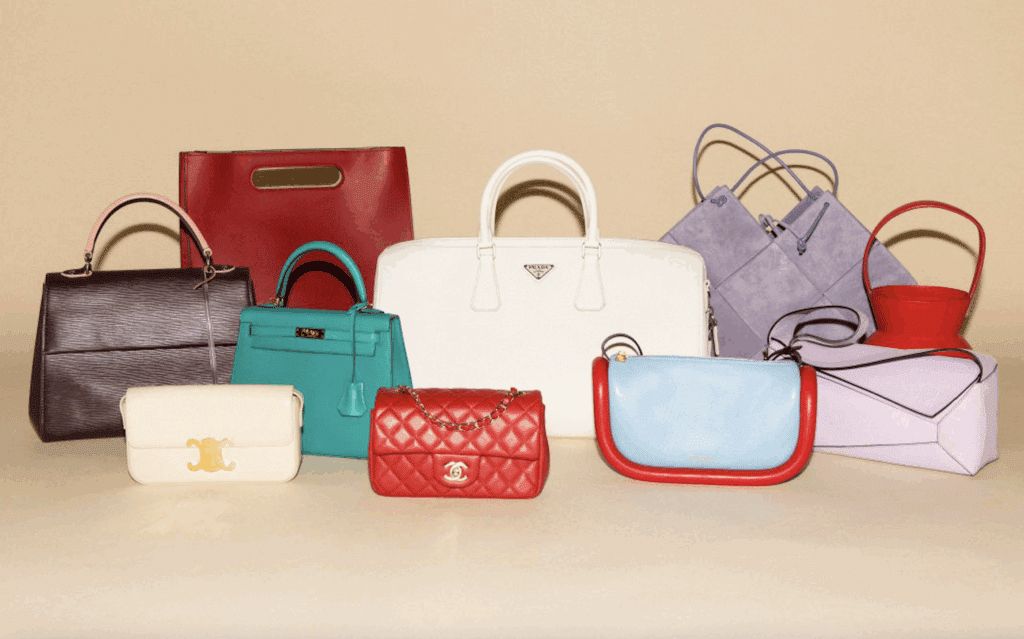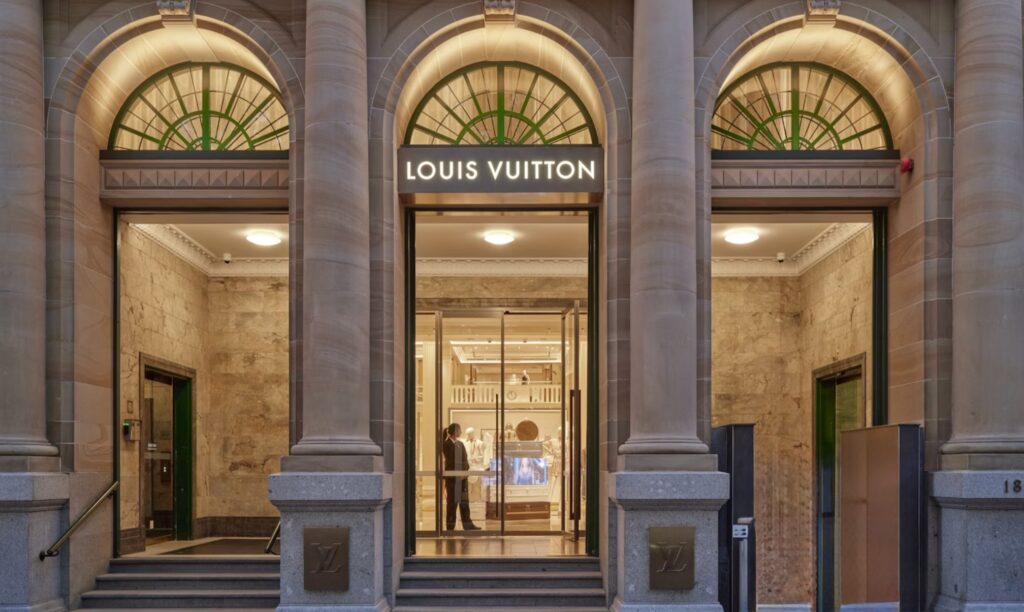The fashion industry has some truly major sustainability problems in its midst. By 2030, it is predicted that the industry’s water consumption will grow by 50 percent to 118 billion cubic meters (or 31.17 trillion gallons), its carbon footprint will increase to 2,791 million tons and the amount of waste it creates will hit 148 million tons. These predictions come despite the significant progress being made by brands and retailers to minimize their impact.
Many brands are using sustainable cotton initiatives to reduce water, energy and chemical use, new dyeing technology to reduce water consumption by up to 50 percent, as well as numerous energy and chemical saving schemes throughout the supply chain. In the UK, the result of this work is percolating through to retailers, with a reduction in the carbon and water footprints per ton of clothing of 8 percent and 7 percent respectively since 2012.
Yes, the industry is working to reduce the environmental footprint of its products. But the problem has now shifted to the consumption side: the insatiable appetite for fashion means people are buying more and more clothes. Since 2012, there has been a 10 percent increase in the amount of clothing purchased in the UK alone. And not only are consumers buying more; the rate at which their clothing gets discarded is becoming increasingly quicker as they chase the latest fashion trends. It is estimated there is over £30 billion ($38 billion) of clothing sitting in wardrobes across the UK that has not been worn for over 12 months.
Fast fashion is seen by many as the fundamental cause of many of the sustainability issues the industry faces. And so it has been suggested by numerous commentators, academics and NGOs that ethical consumption can and will lead to a paradigm shift in behavior. Over time, it is thought that slow fashion may become the norm, with consumers wearing classically styled garments that last for years instead of months or weeks.
This might serve to minimize the need to make new purchases of the latest fashion fad, therefore reducing impacts. The logic of this argument is predicated on the idea that consumers are rational animals with behavior that is controlled and predictable. But the growth of ethical consumption has not materialized in mainstream fashion. Ethically-minded brands believe the single biggest issue stopping them becoming more sustainable is the consumer; either through their lack of awareness of the issues faced by the industry or through an unwillingness to pay the premium for sustainable products.
Can ethical consumption really exist in the mainstream fashion market? Psychology and behavioral science may suggest that ethical fashion consumption is a pipe dream. We believe our purchasing decisions are based on rational, conscious and well thought out deliberations, but in reality, the complexity of human behavior and the fundamental nature of fashion implies that ethical consumption may not be an attainable goal.
Fashion and ego
Why is this the case? First, it is important to explain that marketing tools such as the questionnaires and surveys used to predict the growth of ethical consumption are problematic. They are good for identifying purchasing intentions but poor predictors of actual behavior. Surveys tend to illicit a response that presents the participant in a positive light: non-ethical shoppers tend to state they are ethical to protect their external image. And surveys are reliant on the participant being truthful and knowledgeable about their behavior. How truthful we are is debatable and research shows we are not as knowledgeable as we think we are about the drivers for our behavior.
Our behavior is far more selfish than we might like to believe. Rational models of consumption are based on the idea that individuals make choices that balance costs and benefits. An ethical consumer will make rational judgements about purchases on the best outcome in terms of costs and benefits for them and the environment.
But consumption, and in particular fashion consumption, is quite irrational. Purchase decisions are more likely to be driven by desires linked to pleasure and excitement. Fashion is a social activity for setting our status (the egoistical drivers) but it is also an activity that is driven by emotional desires such as the fantasy, excitement and aspirations of living a better, more fulfilling life. These hedonistic subconscious forces are what make shopping for clothes exciting and pleasurable. They create a less rational approach to consumption which ultimately reduces the influence of rational thoughts about ethics and the environmental consequences of our purchases.
Fast and ethical fashion
Ethical campaigners, journalists and even some brands have argued that consumers would be able overcome these subconscious forces of fun and excitement if they had more information about the ethical issues. But evidence shows that this does little to increase ethical behavior. In fact, more information tends to reduce the influence of ethical issues due to the complexity of the issues. This complexity is doubled by the amount of conflicting information produced by NGOs, the media and brands themselves: cotton is bad for the environment; microfibers are poisoning the oceans; bamboo is ethical (it’s not). When the experts can’t agree on the big issues for fashion, it’s that much easier for the consumer to turn a blind eye and buy that new shirt.
An alternative, radical approach may be to recognize that humans have always used fashion to satisfy emotional, egoistical desires. So, the challenge should be shifted from trying to control these primeval, irrational behaviors to finding a systemic and ethical approach to embrace them.
Can we find sustainable solutions that actually move ever closer to a disposable fashion industry? The desire for new clothes is something that may be impossible to change. So instead of trying to appeal to the consumer’s supposed ethical streak, perhaps brands should aim instead to use new technology and business models to design products that can be recycled or re-engineered into new styles with minimal use of virgin materials, water, energy and chemicals.
In this model, we would not aim to change thousands of years of evolution in the space of a generation, but use innovation and creativity to make industry bend to our inherent needs. It is a major technical and commercial challenge, but shifting to such a consumer-driven model may open up new opportunities for business, as well as becoming more sustainable.
Mark Sumner is a lecturer in Sustainablity, Fashion and Retail at the University of Leeds. (This article was initially published by The Conversation)














